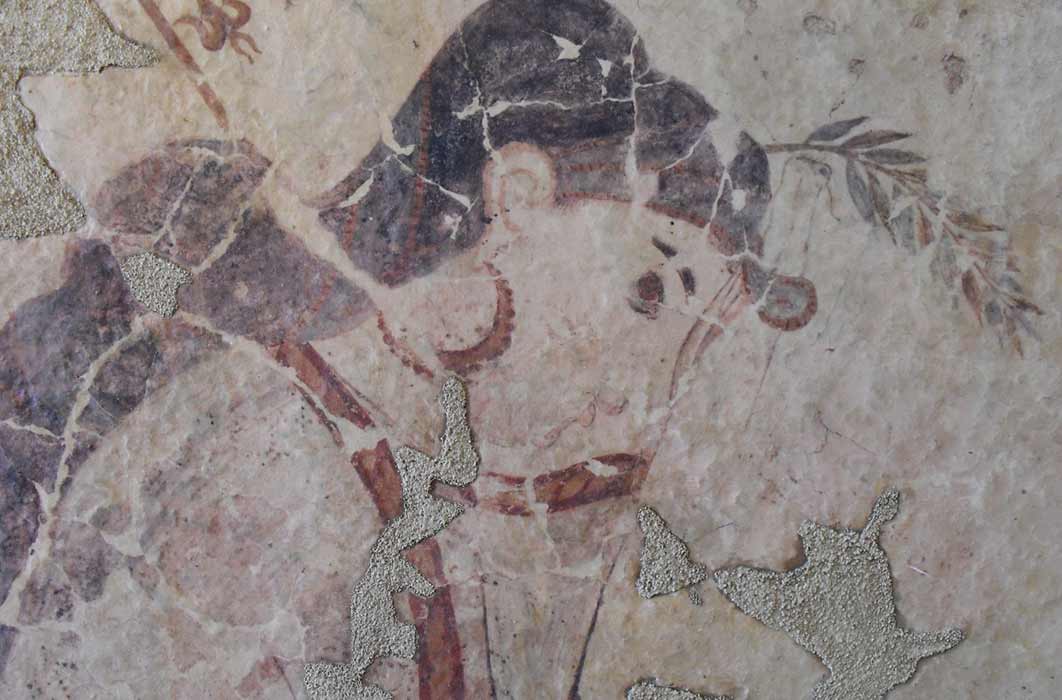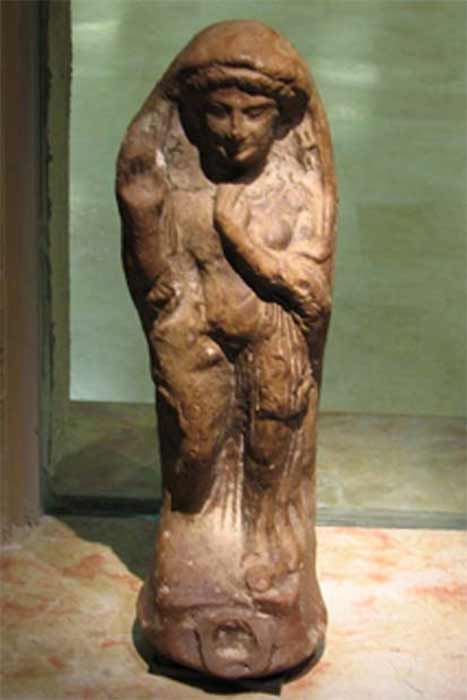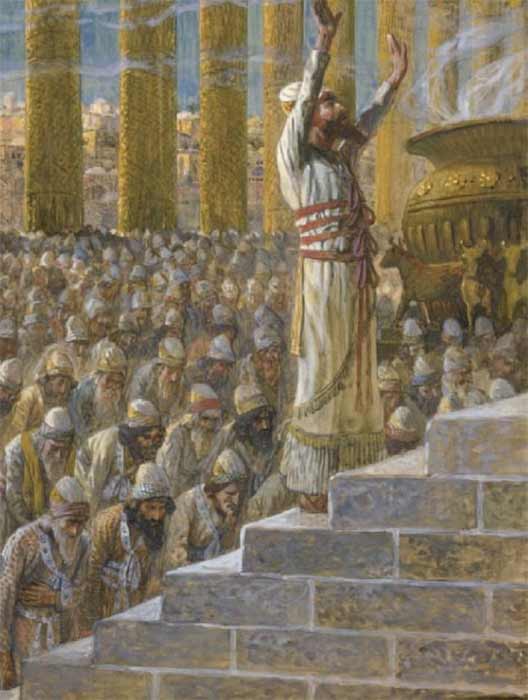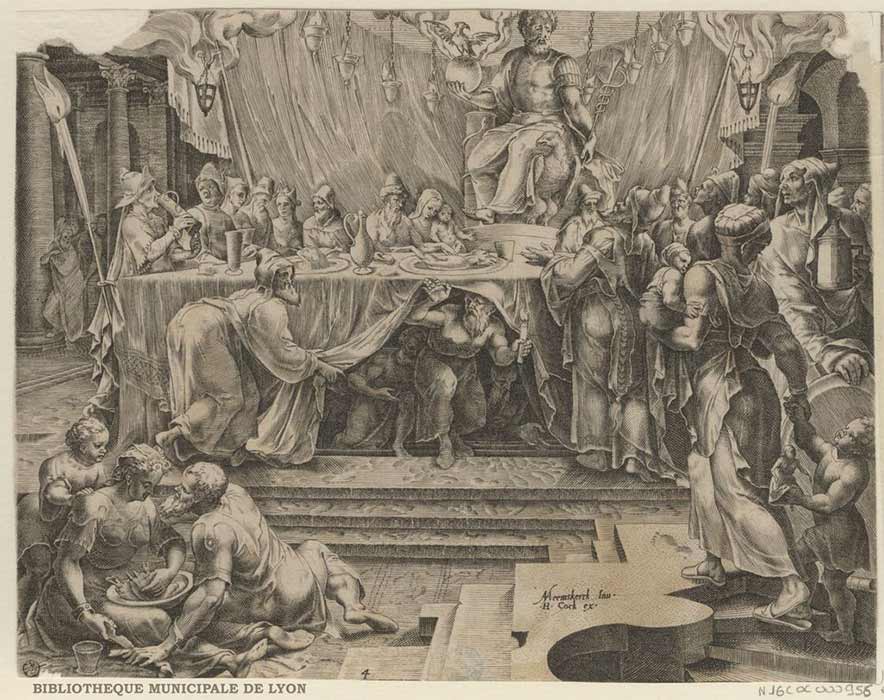
The Resurrection of Asherah, Mother-Goddess of Humankind
Scant referrals in the Bible alert to the presence of a vilified female deity destined to be banished into oblivion. Yet the Biblical referrals obscure the beloved benevolent mother-goddess Asherah, also called Ashratum/Athirat, who was worshipped in sacred groves on mountain summits throughout the Levant. Cuneiform tablets dating to the Early-Bronze Age (6000 BC) unearthed in the city of Ugarit (present-day Syria) reveal long before the Assyrian invasions, in Semitic religion, Asherah was established as the mother-goddess, consort of El, the Canaanite word referring to a deity or god. Some considered her to be the mother or consort of Ba’al and she was often worshipped in tandem with him. Asherah was represented by a wooden pole or pillar, harking back to her veneration in sacred groves. Traces of her even exist as far as Sumer where she was known as the consort of the Sumerian god Anu. Later, Asherah was also considered to be the consort of Yahweh, the god of Israel. Given such prominence as a mother-goddess and consort, why did this deity fade into obscurity?

Asherah, Canaanites’ goddess of motherhood and fertility. (Matanya / CC BY-SA 3.0 )
Asherah Revered by Solomon
King Solomon of Israel (970 to 931 BC) had erected mountain sanctuaries for Asherah and made a thousand burnt sacrifices including incense for her. Despite his adoration of her – which would later be regarded as a flagrant defiance of Yahweh by priests and prophets alike - King Solomon was still favored by Yahweh who granted him wisdom and riches. What or who changed Yahweh’s mind? When King Solomon, who had a penchant for foreign wives, brought Asherah down from the mountains and into the city, he had apparently gone too far. According to the priests and prophets, Yahweh was offended and promised to “tear Israel from Solomon’s hand”. Unfortunately, one has only the priests’ word on Yahweh’s supposed feelings about Solomon’s so-called deviant behavior.

Solomon prays at the temple in Jerusalem. (James Tissot / Public domain )
Upon Solomon’s death, Israel was split into the northern Israel ruled by Jerobeam I, an official of Solomon, and the smaller Judah ruled by Rehobeam, Solomon’s son. Rehobeam, influenced by his wife, Maacah, perpetuated in worshipping Asherah: “Judah did evil in the eyes of the Lord. By the sins they committed they stirred up his jealous anger more than those who were before them had done. They also set up for themselves high places, sacred stones, and Asherah poles on every high hill and under every spreading tree” (1 Kings 14:22-23). Rehobeam’s wife, Maacah had the audacity to bring Asherah right into the Temple of Solomon, represented by a pillar, erected adjacent to Yahweh’s altar. The priests were indignant of the foreign wives of their kings who, through their adulation of Asherah, transgressed against the covenant of Moses, whereby Yahweh promised to guard over the people, as long as he remained the One and Only god. To the priests and the prophets of Yahweh, these women’s wiles were the root of evil. Unfortunately, one also only had Moses’ word on what transpired between him and Yahweh when the covenant was sealed.
Scarcely two generations after Solomon, and Asherah did not fare so well any longer in Judah. From 911 – 870 BC Asa, the third king of Judah, was zealous in following Yahweh and set out to annihilate all false idols, including all the sites of Ba’al and Asherah. He even condemned his mother Maacah, for worshipping Asherah. 1 Kings 15:13 describes the ‘horrid image’ of Asherah: “He also removed Maacah his mother from being queen mother, because she had made a horrid image as an Asherah; and Asa cut down her horrid image and burned it at the brook Kidron”. Asa's son Jehoshaphat continued his father’s demolition of Asherah’s pillars. However, upon his death and the death of the influential priest Jehoiada, his young son and new king, Joash, acquiesced to the wish of the people and “they abandoned the temple of the Lord, the God of their ancestors, and worshiped Asherah poles and idols” (2 Chronicles 24:18). The pillar of Asherah was restored once again to the inner sanctuary of the Temple, where she stood for the next hundred years.

Inside the Temple of Baal. Flemish Masters Prints, Bibliothèque Municipale de Lyon (Public Domain)





